Don Brunt delves into the thorny subject of switching from plastic wad cartridges to fibre wad cartridges, with a focus on how it might affect Sporting clay shooting
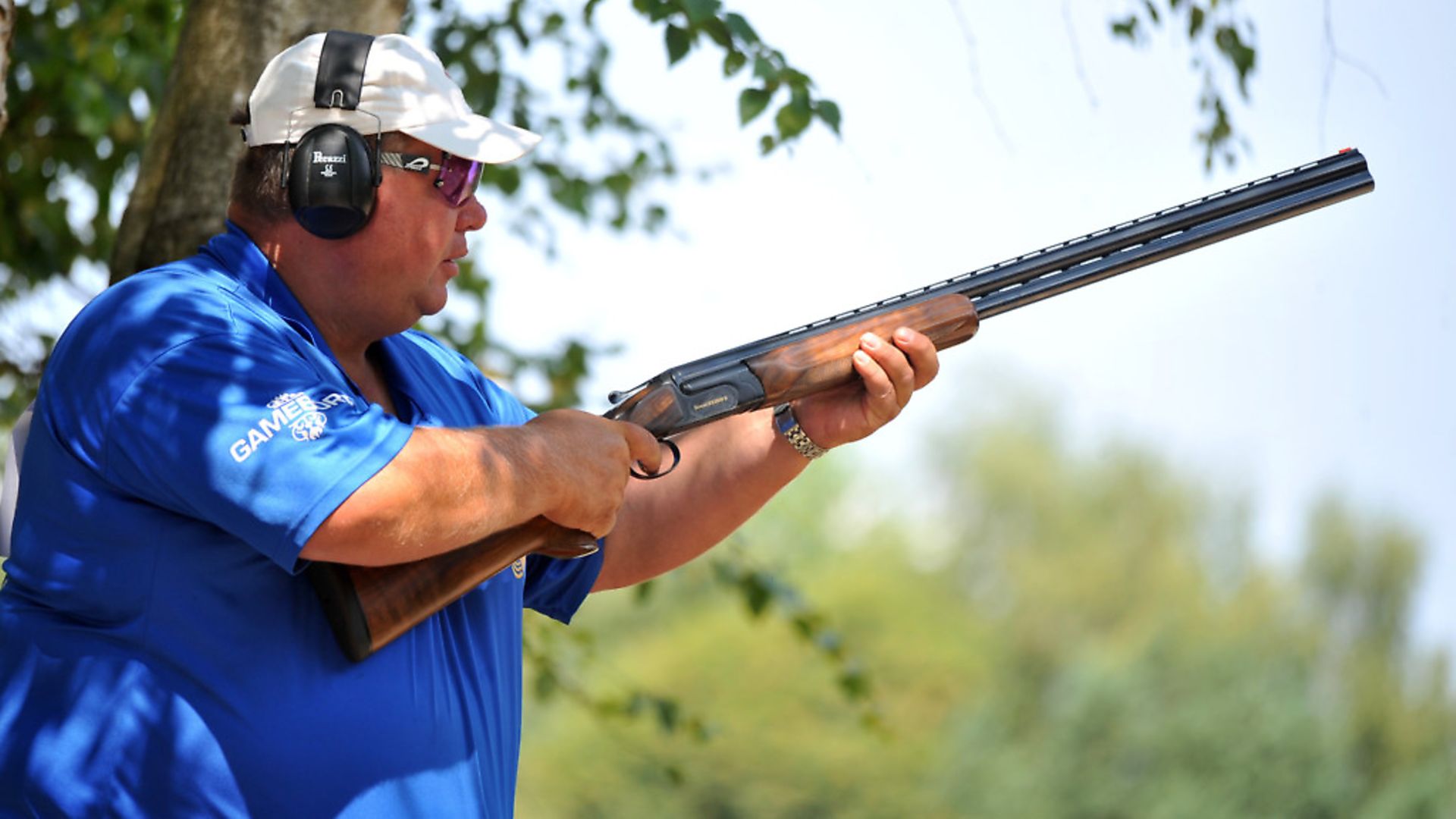 credit: Archant
credit: Archant
* Why would we want to change from plastic to fibre wad cartridges?
There are varying reasons, the oldest being that plastic wads can pose a danger to livestock when swallowed. This is often cited as the reason for many smaller shooting grounds that operate on a 28-day basis on pastureland already being fibre-only.
However, unless you have been off the planet in recent years, it’s likely you have heard about the environmental disaster unfolding due to the use of single-use plastics, their devastating effect on the world’s oceans and the subsequent drive to minimise the amount of plastic entering our surroundings. Consequently, the shooting industry has been looking at whether plastic wads are a potential red flag for our industry that could encourage legislators to curtail their use. Many insiders feel that voluntary self-regulation is the preferred course over a ban imposed by government, so questions are being asked regarding a phasing out of plastic in favour of more environmentally friendly alternatives.
An all-fibre future is potentially the wrong phrase to use here. In an ideal world, we would have a wad that is the same shape as a plastic one (one that offers the same benefits with a shot cup and softened recoil, that can be stored and used in the same manner as existing cartridges) while also being 100% biodegradeable (i.e. it would leave no trace on the environment, with no chemicals or component parts).
Photodegradeable wads have been around for some time, but they only answer the issue of reducing problems associated with livestock. A photodegradeable wad is, in effect, a plastic without the UV stabilising ingredients that helps keep its shape. It disappears over time, but only by breaking down into tiny particles of plastic, or microplastic as it is otherwise known; this is the very worst kind of environmental pollution as it can easily enter the food chain. PVA (polyvinyl alcohol) wads have been tried and these are water-soluble and leave no trace over time, but an issue identified with this kind of wad is that they are prone to reacting to all sources of moisture in their surroundings, and even humid air can start the decomposition process, meaning that they would ideally require a climate-controlled environment from manufacture through to firing, which is almost impossible to ensure. If that decomposition has begun, there could be a risk of the wad effectively sticking within the cartridge, which might result in higher than acceptable pressures within the chamber and potentially increase the risk of an accident.
As yet then, there is no ‘magic bullet’ solution to the issue, although cartridge companies are aware that one is needed and there is plenty of work going on behind the scenes to search for a replacement. In the meantime, however, our only readily available option if we seek to replace plastic is to go back to fibre, which is 100% biodegradeable.
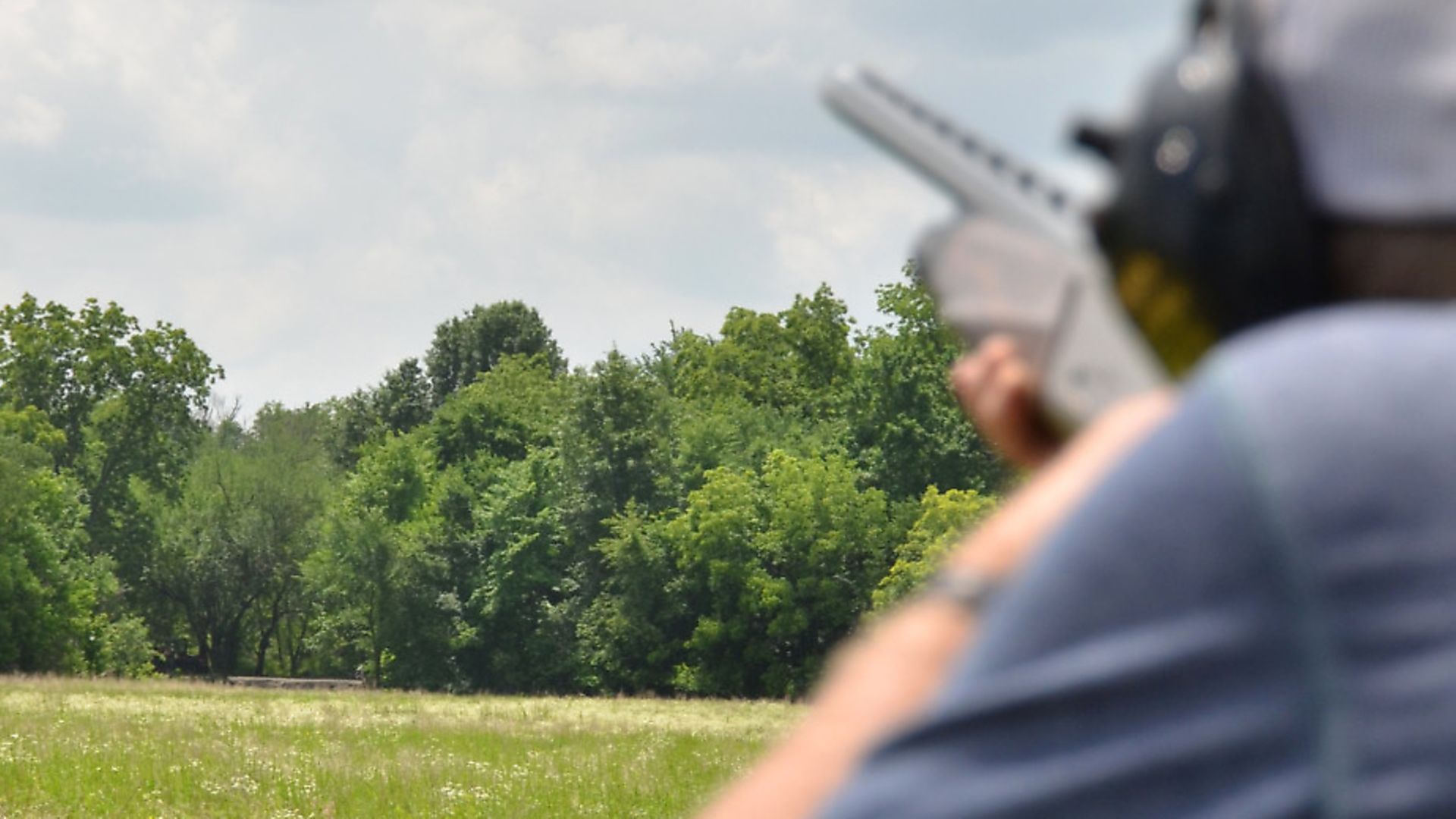 credit: Archant
credit: Archant
* Do fibre wads work?
Well, it has been around for centuries, so yes, it’s well established and a known technology. Arguably, it’s not as efficient as plastic because there’s no shot cup to cushion the lead on its way up the barrel and slightly soften felt recoil.
That cushioning of the shot, in conjunction with the longer forcing cones often found in the chambers of backbored guns, helps reduce deformation of shot when under acceleration. This effectively reduces what are called ‘flyers’ and other irregular pellets, which can theoretically cause gaps in a pattern. In practice, patterns with fibres are still sufficient for the vast majority of Sporting clay presentations seen today.
Do overbored/backbored guns work with fibre wads?
By overboring, we mean the practice of making the bore of a barrel slightly larger than the definitive 12-bore dimensions. For example, if we said a nominal bore is 18.4mm, then an overbored gun might be 18.7mm. That difference is only small, but it will allow an amount of the gas/pressure created by the firing of the cartridge to go around the sides of the wad. Hence a plaswad makes a definite BANG as it expands outwards under pressure to fully seal the barrel, while fibre will produce more of a POP sound.
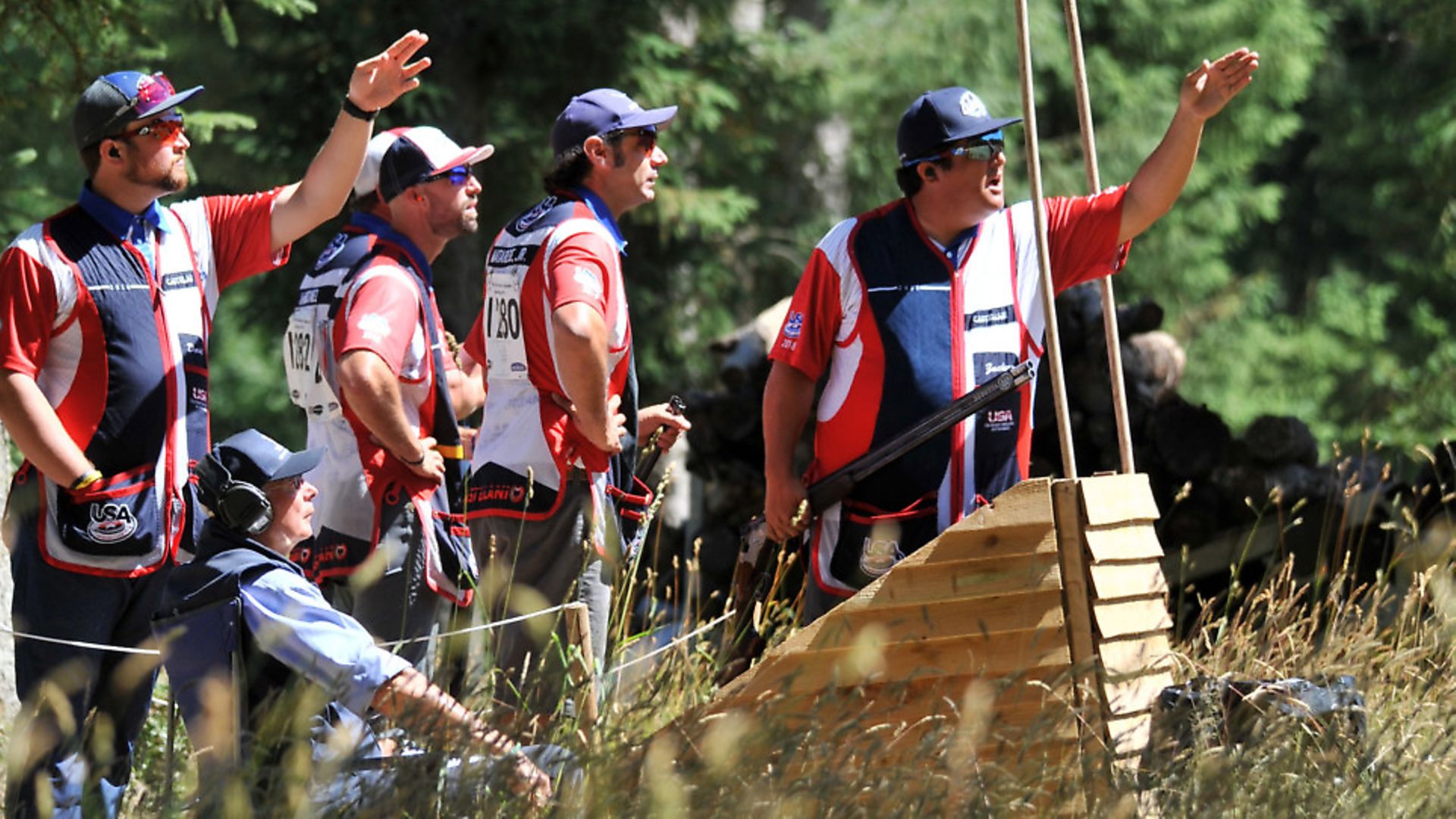 credit: Archant
credit: Archant
* Fibre wads won’t break clays… or will they?
Yes, they will. Whether used in a nominal bored or overbored gun, a fibre cartridge will work perfectly well on clays at the ranges over which clays are normally shot. On longer targets, an additional increment of choke might be required compared to what you might use shooting the same target using plastic, but changing from Half to Three quarter on a long-crosser is not a massive issue unless you have a fixed choke gun; mind you, if you went for fixed chokes then you knowingly chose to shoot a compromise set-up in the first place.
Extremely long-range targets, and especially those that are edge on, may be slightly tougher to break. However, if Sporting targets were analysed it’s likely that more than 85% of targets across the UK are shot within 35 yards, where fibre performs at a very similar level to plastic. Also, with modern traps and their ability to tilt, it’s now very unusual to see long-range clays which aren’t showing some ‘belly’, therefore presenting a greater surface area to shoot at.
Do fibre cartridges cost far more?
It depends on your definition of ‘far more’. You might think the difference of about £5 or £10 per thousand shells for clay is loads – but that only works out at between 0.5p and one penny per shot, or between 25 and 50p per 50 shots. Drink one less cup of tea at the ground and you will have more than made up for the difference!
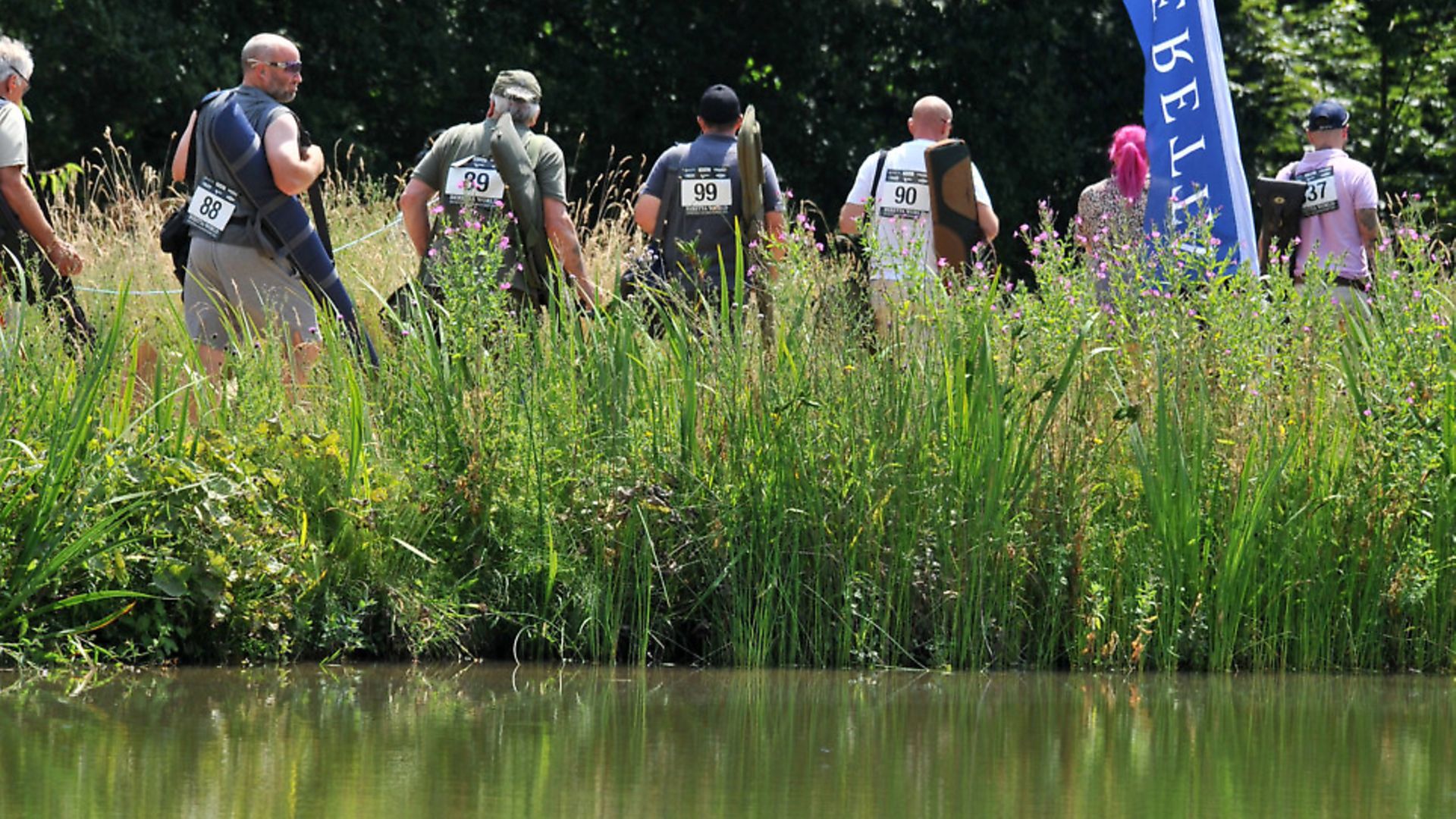 credit: Archant
credit: Archant
* Don’t fibre wad cartridges kick more?
Slightly more, yes, simply because a fibre/felt/wool wad doesn’t have a deformable plastic structure built into it which is supposed to progressively collapse under pressure.
However, there are ways around it if you do notice a slight increase; firstly, remember that the lighter the gun, the more recoil you will feel, so a lightweight game gun will often kick more than a heavier clay gun. You can also buy 21 or 24g loads which produce less felt recoil – don’t forget that the Olympic disciplines are all shot with 24g cartridges, so those missing the extra 4g of shot should consider the scores needed to perform in that environment, and realise it doesn’t make a great deal of difference.
On the subject of shot weight, let’s not forget that it wasn’t such a long time ago that 36g cartridges were permitted in FITASC and 32g were allowed in English Sporting. When it was suggested that both should move to a maximum load of 28g, there were plenty who heralded it as the end of the sport, but scores today are now higher than they have ever been.
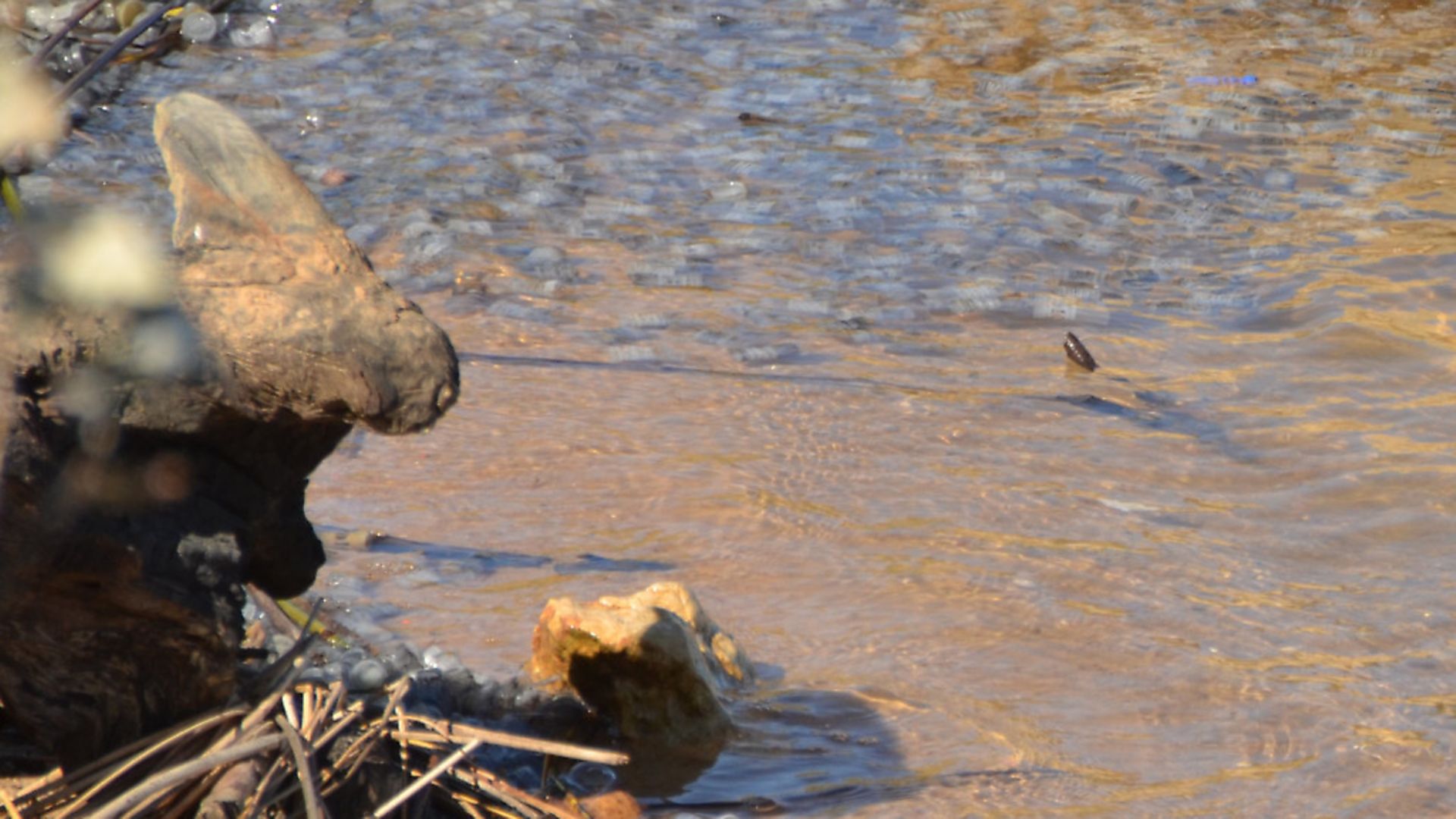 credit: Archant
credit: Archant
* Do Sporting grounds want to change?
Many do, simply because plastic wads make an unsightly mess and, in the countryside environment that favours English Sporting, it’s very difficult to collect fired wads. Many of the biggest grounds have introduced conditions on plaswad useage.
For instance, EJ Churchill, a regular ground for the World Sporting, only allows plaswads on registered Sporting events and International competitions, with the ground and estate being fibre-only for the rest of the time. They would prefer to move to fibre-only, but until the governing body enforces fibre-only for registered competition, they understand that those who will only shoot plastic wads would not go to their events.
For the 2019 World FITASC Sporting they will be running a Fibre Cup for those who wish to shoot the event with fibre wads, which is a sensible way of encouraging people to give it a try.
Other grounds such as Barbury in Wiltshire operate a fibre-only policy, but again this is relaxed for registered events, while Royal Berkshire Shooting School has now banned plastic completely from all of its events.
A move to fibre-only for English Sporting would also help the many smaller grounds who currently operate under fibre only restrictions to get more involved in competition shooting, and help the thousands of people who shoot at those venues integrate more with their competition brethren.
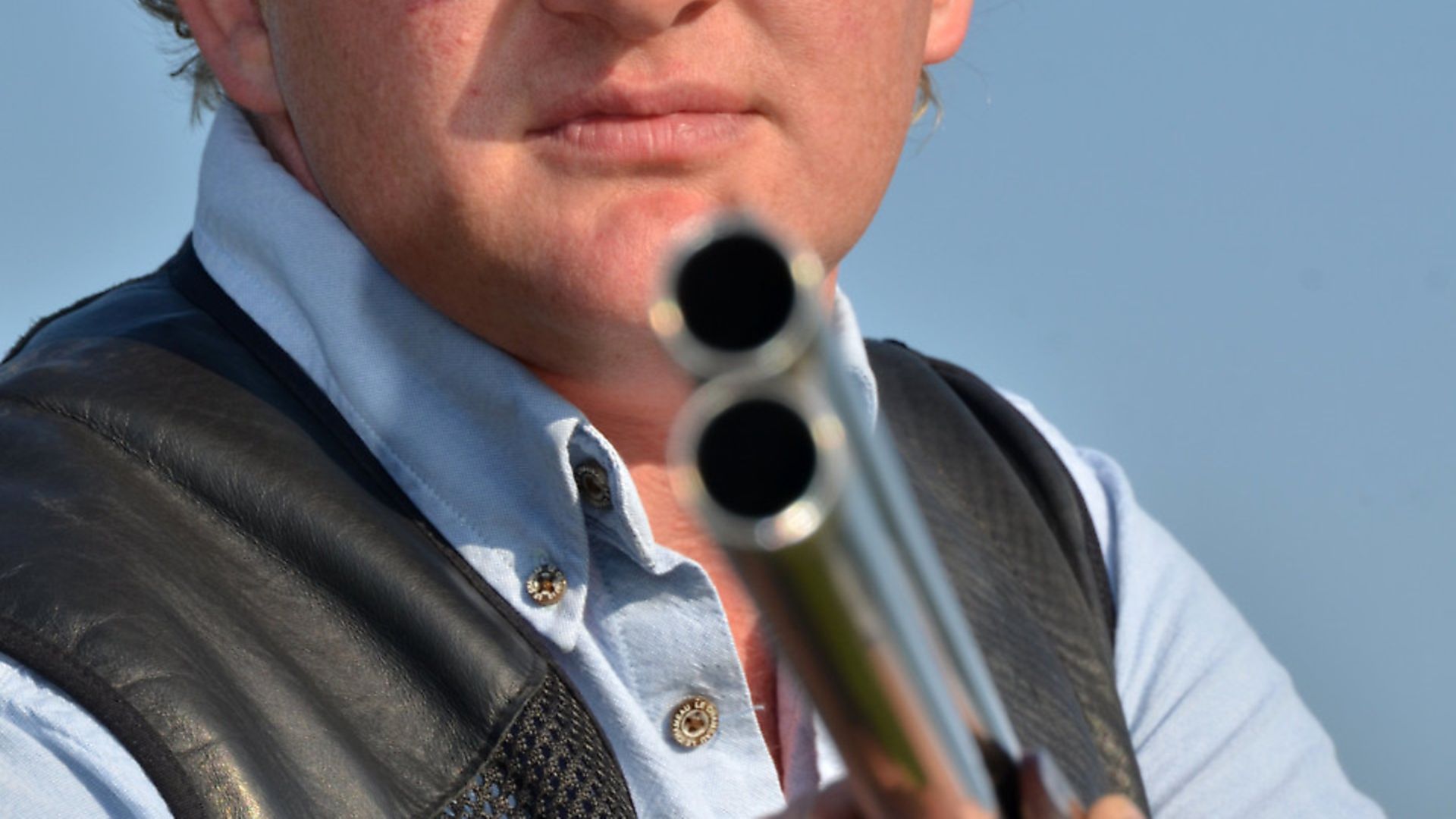 credit: Archant
credit: Archant
* Will fibre wad cartridges affect my shooting performance?
It’s highly unlikely that a change to fibre wads across the board would change where you finish in the great scheme of things. If you are a proven winner, chances are that you will still be at the top of the heap simply because you are better than most. It will still be the same people who win, and if you are stable in B Class or A Class now, then you would most likely still be in the same class if we changed to fibre in a year’s time.
As George Digweed said: “If everyone has to use the same thing, then it’s not a problem.” Undoubtedly, there would be some rule changes made to ensure people weren’t sneaking plaswads into competitions initially, but if plaswads were no longer being sold then that would only be an issue over the short term.
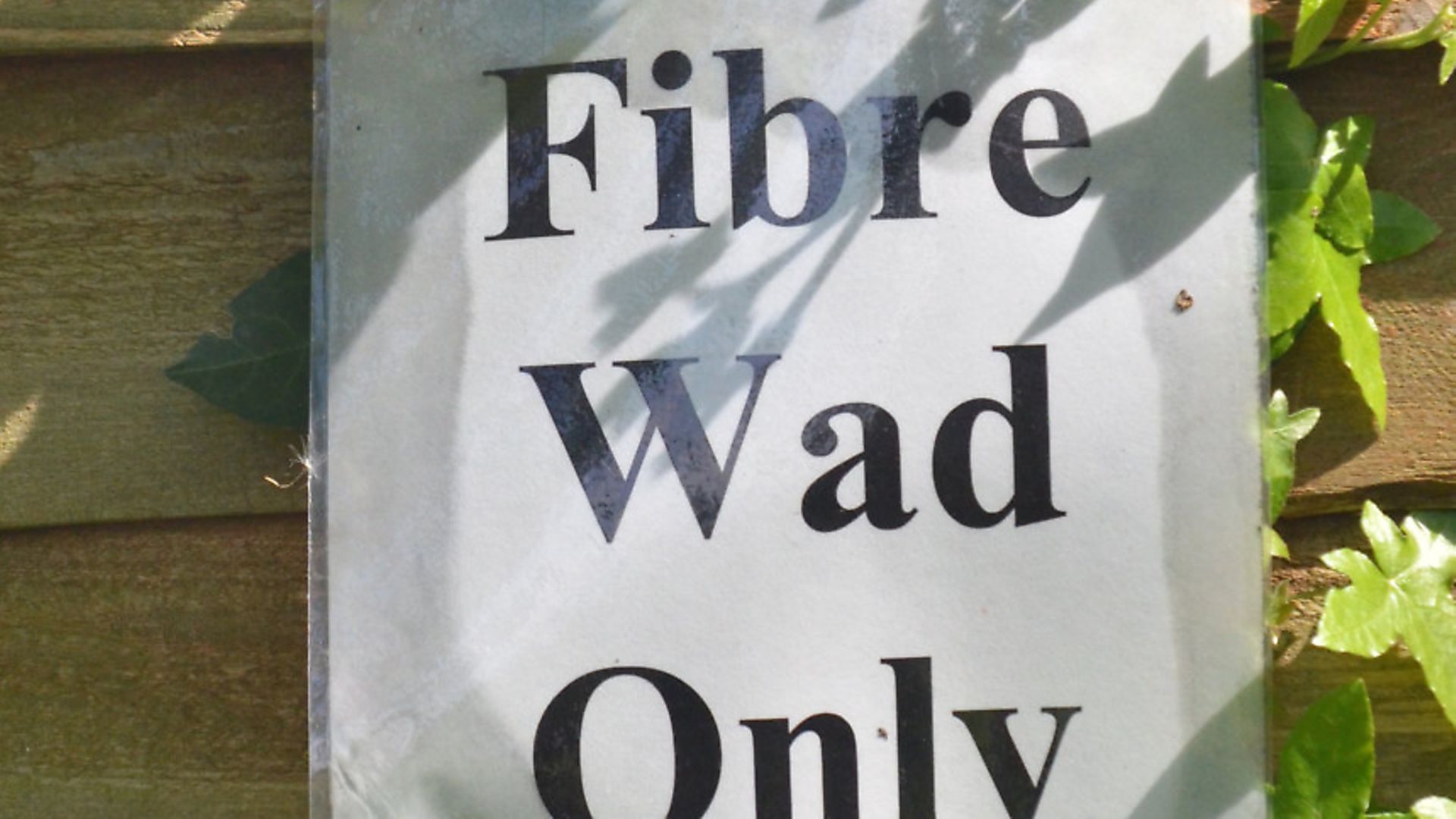 credit: Archant
credit: Archant
* Would the move to fibre-only mark the end of English Sporting international competitions?
There are two significant nations in English Sporting: the UK and the USA. Fibre wads are almost unheard of in the US at present, and because of this many people (including some from the CPSA) suggest that, in the event of a total ban on plaswads, no American team would ever venture again to the UK to shoot the world championships.
Brett Moyes, director of the National Sporting Clays Association in San Antonio, Texas, was asked that very question: “Of course we would send a team to the world championships in the UK if the rules were changed to make fibre wads mandatory there. The only difference would be that we would have to source our ammo from the UK rather than have it sent over from the States. It’s not a big deal for us.”
So then, it seems that, from an international perspective at least, there is nothing to prevent the switch, and the decision is in the hands of the CPSA.
Reigning world champion Richard Bunning knows a thing or two about the sport and has had plenty of success shooting fibres through his DT11, especially at the Beretta World Sporting which in recent years has been a fibre-only event. He said: “I have no problem using them when everyone is on a level playing field. Performance on the majority of targets we shoot at less than 35 yards is nearly identical between plastic and fibre.
“Yes, plastic can be more consistent and I think you get better breaks out at long range, but fibres do work. If we change, it certainly won’t put me off shooting – in fact, it might make for an interesting challenge to see how well I can make them work.”
n